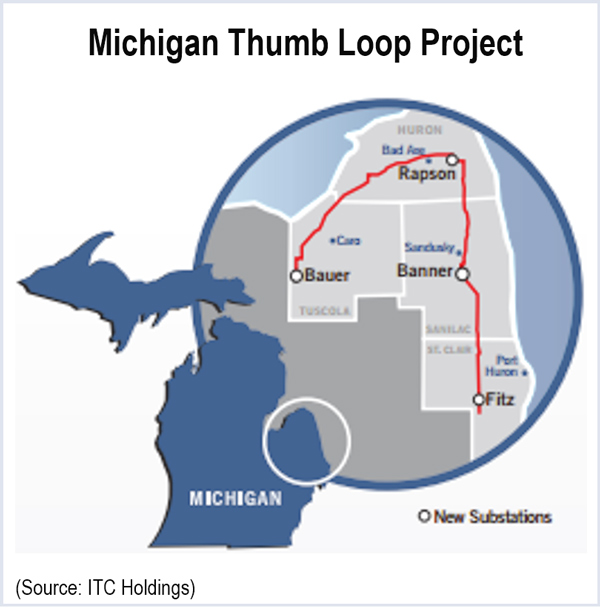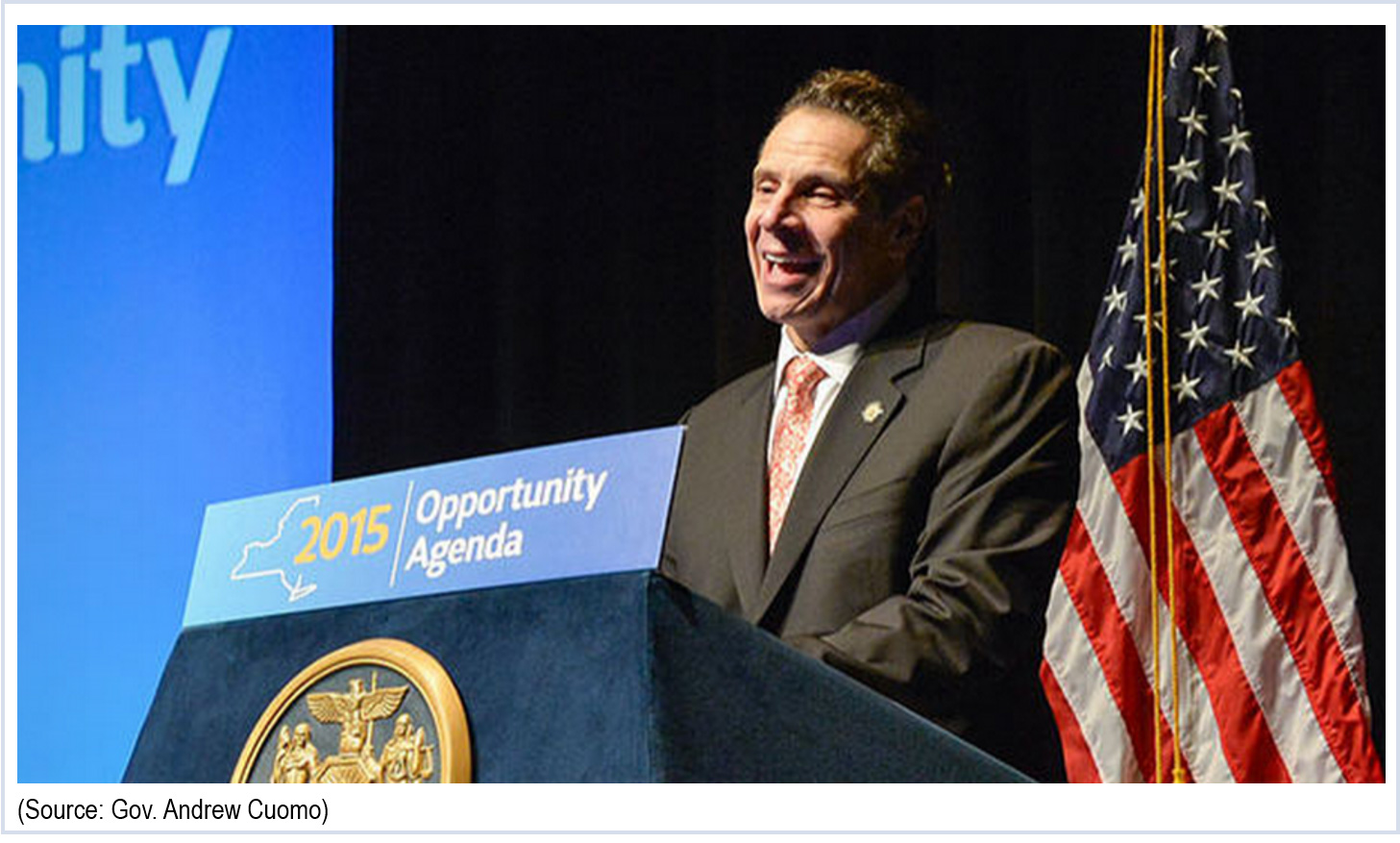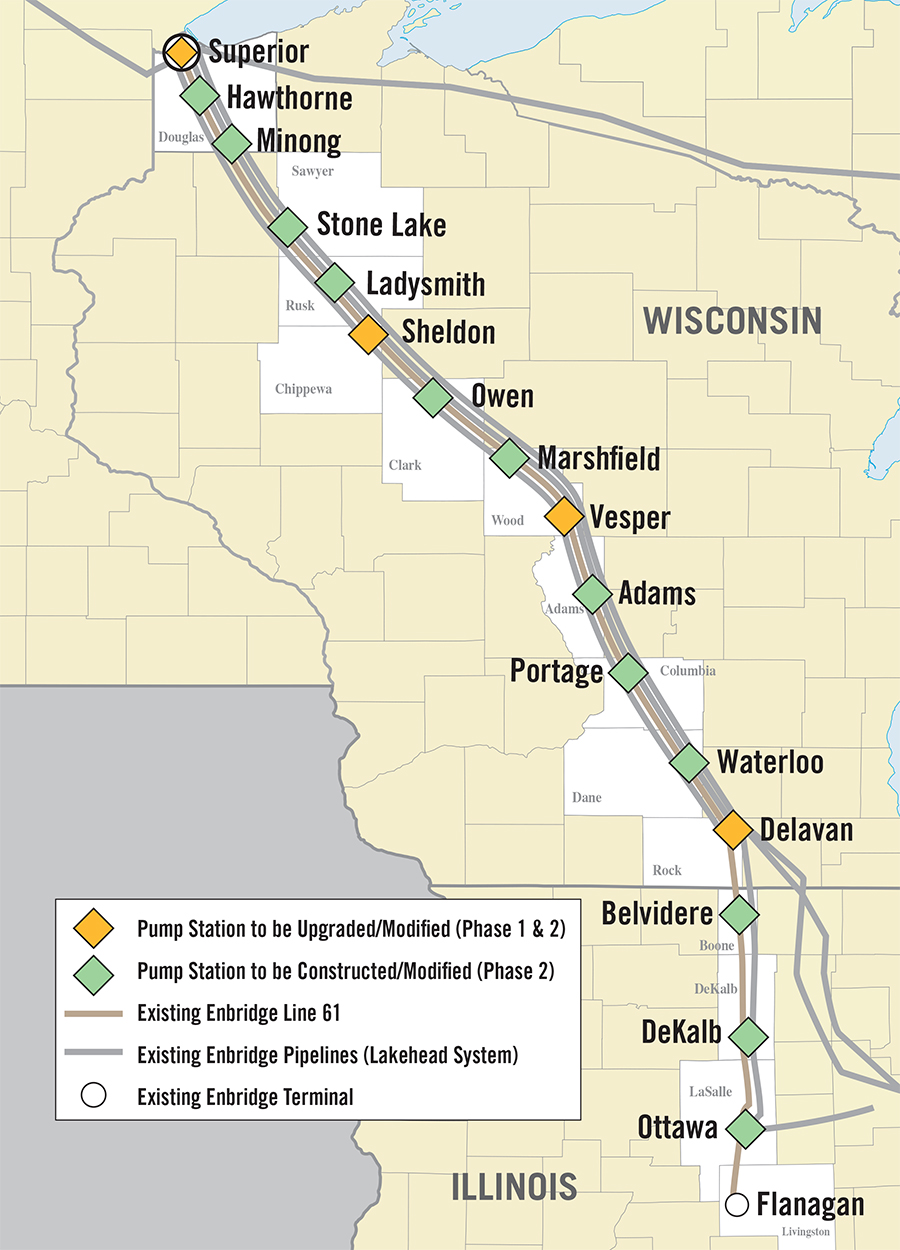Eversource, United Illuminating Rates Falling
Eversource Energy customers will see a 35% drop in electric generation charges, to 8.228 cents/kWh from 12.629 cents/kWh beginning in July.
United Illuminating residential generation charges will decrease about 31% to 9.18 cents/kWh from 13.3108 cents/kWh.
For a typical customer who uses 750 kWh, the drop in generation prices will save more than $30 a month. The rates go into effect July 1 and last until Dec. 31.
More: Hartford Courant
UIL Holdings Asked to Clean Up Defunct Plant

Kaufman urged the Public Utilities Regulatory Authority to require the two merger partners to create a $60 million fund to pay for the cleanup of English Station, which sits on a 9-acre island in the Mill River. The site is riddled with carcinogens, heavy metals and other contaminants. United Illuminating, a UIL Holdings subsidiary, closed the plant in 1992 and paid Quinnipiac Energy of Killingworth $4.25 million in 2000 to assume ownership of the power plant and put $1.9 million in escrow to pay for cleanup.
More: New Haven Register
DELAWARE
Release of Trove of Emails Results in Another Public Hearing for Refinery

In addition to the records that were released, the state denied a request from The News Journal for several hundred more documents, citing confidentiality rules. They include communications sent from Gov. Jack Markell’s office and his private email accounts.
“It appears if you want to secretly work out a deal on environmental issues in Delaware without any public input, the best approach may be to first break the law, and then negotiate secretly for what you want with the assurance that the public cannot be informed or involved,” said Dave Carter, conservation chair for Delaware Audubon.
More: The News Journal
INDIANA
Pence Signs New Energy Bill Releasing Utilities from Mandates

Gov. Mike Pence signed a new energy efficiency law that allows utilities to set their own conservation goals, rather than making them meet state mandates. The law also allows utilities to charge ratepayers to fund the programs. Environmentalists say the law, with its less-stringent oversight, will make it harder to attain Environmental Protection Agency-mandated emissions reductions.
More: Courier Press
IURC Turns Down Duke’s $1.9 Billion Rate Request
The Utility Regulatory Commission rejected Duke Energy’s plan to upgrade its grid at a cost to ratepayers of $1.9 billion over the next seven years. Duke’s customers would have experienced a 1% rate increase each year, from 2016 through 2022. Ratepayer advocates said Duke’s plan contained provisions not covered by the 2013 grid modernization investment recovery law, such as $48 million for vegetation management, a $1.5 million customer contact computer program and a $177 million smart meter program.
Duke said it would file a revised plan. “We’re still reviewing the order and considering our options, but we remain committed to making critically needed investments to modernize our system for the benefit of our customers,” the company said in a statement. “This is one of the first times this new law has been interpreted, and it’s being clarified for all Indiana utilities at the commission and in the Indiana Court of Appeals.”
More: Indianapolis Business Journal; Duke Energy
IOWA
Chinese Company Building 28-MW of Wind Energy Plants
HZ Windpower, a wind energy subsidiary of China Shipbuilding Industry Corp., is planning to build 28 MW of wind facilities in the state. Lt. Gov. Kim Reynolds met with HZ Windpower executives last week and said the 14 2-MW turbines could be the first of many more for the state.
The turbines will be part of the “Community Wind” projects and will be in Creston, Dyersville, Mason City and Perry.
More: WHO-TV; HZ Windpower
MANITOBA
Canada Pledges to Cut Emissions by 30% by 2030, Still Behind US Goal

Canada announced it has set a goal to cut greenhouse gas emissions by 30% by 2030 and said it will set new regulations for various industries, including electric generation. A 30% reduction compares to the stated U.S. goal of 26% to 28% by 2025. Both countries are submitting their emission-reduction goals to the U.N. for a climate change agreement due to be signed in December in Paris.
“Canada’s ambitious new target and planned regulatory actions underscore our continued commitment to cut emissions at home and work with our international partners to establish an international agreement in Paris,” said Leona Aglukkaq, Canadian Environment Minister.
More: The Hill
MARYLAND
Hogan Signs Community Solar Bill
A bill that encourages the development of community solar projects was signed by Gov. Larry Hogan last week. The bill creates a three-year pilot program allowing community solar projects and will collect information on the projects and determine their impact on the state.
Community solar projects allow multiple owners to invest in a large-scale solar project and offset a portion of their electric bill with a share of the renewable power. Until now, such large projects were mostly the domain of utilities and investment companies.
More: Solar Novus
MICHIGAN
Enbridge Agrees to $75 Million Settlement on Kalamazoo Spill
Enbridge has agreed to pay $75 million to settle legal claims related to a 2010 pipeline spill of more than a million gallons of crude oil into the Kalamazoo River. About $30 million will be spent on wetland and river restoration. The agreement, between the company and the state Department of Environmental Quality, also includes removing a dam on the river and improving recreational access on the river.
The company spent more than $1 billion in cleanup costs, but state officials acknowledged that not all of the oil residue was collected. The spill of heavy crude oil extracted from Canadian oil sands affected nearly 40 miles of the river and more than 4,000 acres along the river banks.
The company has yet to settle penalties with the Environmental Protection Agency. It paid a $3.7 million fine imposed by the National Transportation Safety Board for lax safety management.
More: Inside Climate News
State Gives Thumbs-up to Loop Line’s Early Completion

ITC said the loop line will meet the maximum identified wind energy potential in the state’s Thumb region as well as boosting regional system reliability and wholesale market competition. Gov. Rick Snyder has pointed to the line’s benefits in helping agricultural processing operations and for bringing more renewable energy to the grid.
Phase 3 comprises 56 miles of line in Huron and Sanilac counties and the Banner substation, near Sandusky. The original phase, begun in 2011, was 62 miles of lines and two substations in Tuscola and Huron counties. Phase 2 involved 20 miles of lines and substations in St. Clair and Sanilac Counties.
More: ITC Holdings
MINNESOTA
Lawmakers Ponder Cutting Solar Subsidies; Company May Fail
A solar cell manufacturer that failed to meet a hiring goal that was a condition of getting state loans could go out of business if state support is cut. Silicon Energy of Mountain Iron failed to hire the 25 solar panel production jobs it promised when it began getting the first of two loans totaling about $7 million. It has 11 workers now. A bill that passed the House would strip the subsidies.
“The Made in Minnesota solar program is a very expensive way to reduce pollution and create jobs,” Republican state Rep. Pat Garofalo said. Silicon Energy President Gary Shaver said low-cost solar panels from China “destroyed the market for us.”
More: MinnPost
MONTANA
PSC Chairman Pondering 2016 Run for Governor

Brad Johnson, chairman of the Public Service Commission, said he is considering a run for the governor’s seat in the 2016 election.
“I’ve been approached by some folks,” he told the Missoulian. “There have been discussions. I’ve not said no.”
Johnson, 64, a Republican, was elected secretary of state in 2004 but lost re-election bids in 2008 and 2012. He was elected to the PSC in 2014.
More: Missoulian
NEW HAMPSHIRE
Smart Metering Experiment Results Coming Soon

Customers were divided into three groups: one remained on the standard rate per kilowatt-hour paid by all members of the co-op but with an in-home display that showed how much power was being used at any time of day in the home. The second group was on a “time of use” rate, with lower rates for off-peak hours, higher rates for peak hours and variations for each season. The third group had lower on-peak and off-peak rates but was charged a “critical peak rate” on the hottest days of the year, when system demand in New England was at its highest.
The experiment ran from November 2012 to November 2014. Thus far the results confirmed that the more information consumers get about their electricity usage, the less they use. A report will be issued in the summer.
More: New Hampshire Union Leader
Budget Cuts Threaten Solar Industry Expansion
A renewable energy fund is facing a cut of $50 million by legislators. A House bill seeks to slash that funding as part of an effort to make up for shortfalls in other areas of the budget. Currently, the fund provides rebates for homeowners and business owners installing solar panels. The fund is financed by utility companies, which must pay into the fund if they fail to buy a mandated number of renewable energy credits.
The Renewable Energy Fund rebate program began about six years ago and pays out an average of $4,300 per installation. The $50 million cut would nearly wipe out the fund’s budget for the next two years. The threat of the cut comes at a time when federal solar tax credits are falling from 30% to 10%, further squeezing the state’s new solar industry.
“New Hampshire has huge untapped potential,” said Kate Epsen, executive director of the New Hampshire Sustainable Energy Association. “People are trying to position themselves strategically.”
More: Concord Monitor
NEW JERSEY
Lawmakers Call for Reinstatement of Wind Credit
A state Senate committee passed a resolution calling for Congress and President Obama to reinstate the production tax credit for wind energy. The resolution now goes to the Senate for a vote. The production tax credit provided incentives for wind energy production but expired at the end of 2013. Supporters of the resolution said its expiration “wreaked havoc” in the state’s wind energy industry.
The state has been wrestling with wind energy issues for years. Most recently, the Board of Public Utilities rejected a proposed offshore wind farm that had been awarded $47 million in federal funding as too costly. In response, the state Senate passed a bill forcing the BPU to approve the project. The project still has not gained final approval.
More: Fierce Energy
NEW YORK
Fracking Review Released; Ban Expected Next

“The final SGEIS is the result of an extensive examination of high-volume hydraulic fracturing and its potential adverse impacts on critical resources such as drinking water, community character and wildlife habitat,” DEC Commissioner Joseph Martens said in a statement. “We considered materials from numerous sources, including scientific studies, academic research and public comments, and evaluated the effectiveness of potential mitigation measures to protect New York’s valuable natural resources and the health of residents.”
Last December, the Cuomo administration announced it would ban high-volume fracking, citing concerns about its impacts on human health.
More: Rochester Democrat & Chronicle
Transformer Explodes at Nuclear Plant
Entergy, the owner of the Indian Point nuclear plant, is planning to clean up several thousand gallons of oil that may have spilled into the Hudson River after a transformer exploded May 9. A fire suppression system extinguished the fire, but the plant shut down, according to a spokesman for the U.S. Nuclear Regulatory Commission.
The fire didn’t cause the release of any radiation and didn’t pose a threat to workers or the public, according to a statement on Entergy’s website. The nuclear plant is just 50 miles from midtown Manhattan.
More: Poughkeepsie Journal
VIRGINIA
McAuliffe Announces New Energy Efficiency Goals for State
Gov. Terry McAuliffe announced ambitious energy efficiency goals for the state, vowing to reduce consumption by 10% by 2020, two years earlier than the previous goal. He also announced the formation of a new group, the Executive Committee on Energy Efficiency, to help the state attain the goal.
Some studies show Virginia lagging behind other states in energy efficiency programs. Dawone Robinson of the Chesapeake Climate Action Network applauded McAuliffe’s plan. “Increasing energy efficiency is our lowest-hanging fruit when it comes to reducing the carbon emissions fueling severe weather and sea level rise,” he said.
More: Daily Progress
WISCONSIN
Enbridge Plans to Bolster Oil Sands Pipeline Slowed By Zoning Board

The Dane County Zoning and Land Regulation Committee told Enbridge it would need more pipeline insurance before it would consider granting the request to increase capacity. Enbridge says it has enough insurance already and argued that the zoning board is overstepping its authority by taking on responsibilities of federal regulators.
More: Inside Climate News















 ill lose its wires-only electric utilities, Pepco and Delmarva, which will be purchased by an energy conglomerate concerned with protecting its vast fleet of electric power plants, from which it derives most of its revenue,” they said. “Exelon’s economic interests to shield that fleet from emerging distributed energy technologies and other competitive threats are inherently misaligned with the interests of the customers of Pepco and Delmarva, who are predominantly concerned with efficient, cost-effective and reliable electric service.”
ill lose its wires-only electric utilities, Pepco and Delmarva, which will be purchased by an energy conglomerate concerned with protecting its vast fleet of electric power plants, from which it derives most of its revenue,” they said. “Exelon’s economic interests to shield that fleet from emerging distributed energy technologies and other competitive threats are inherently misaligned with the interests of the customers of Pepco and Delmarva, who are predominantly concerned with efficient, cost-effective and reliable electric service.”